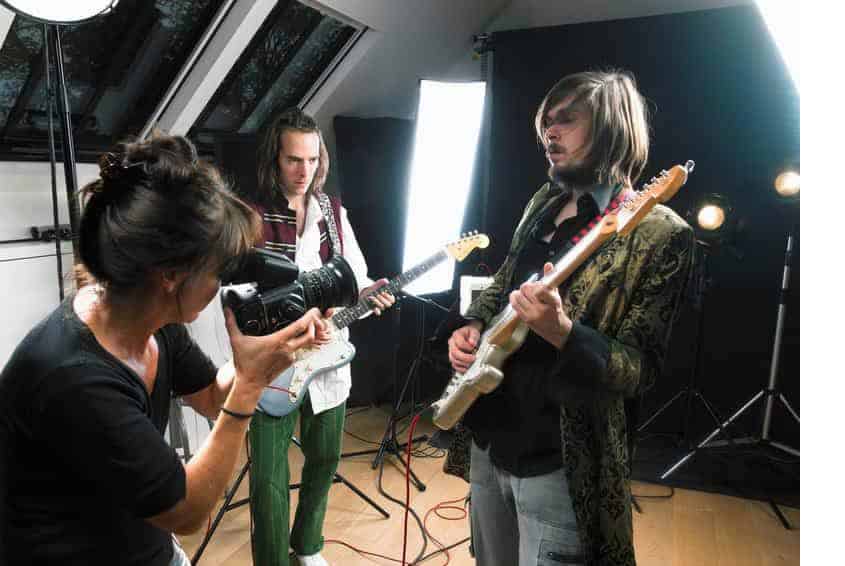This has to be your first step when it comes to making a music video for obvious reasons, and while sometimes it’s the easiest, at other times, it can require some work before you can move on to the next phase. If you and your band are only releasing one song as a standalone single (or perhaps as the first taste of an album that isn’t ready quite yet), congrats! You know what your song choice will be.
If you already have your full album ready to go and you’re just starting to roll things out, or perhaps if it’s already out in the world and you’re selecting the next tune to help promote it and keep things going, you could probably use some input when it comes to selecting the perfect tune.
If your album has already dropped, it’s probably a good idea to stick with whatever song is performing best in terms of sales and streams. Those are clear indicators of interest among fans, and if you can create a video to go along with something they already like and push it properly, you might see it take off in all the right ways.
If you haven’t released your full-length just yet and you’re trying to choose what might make the biggest splash upon arrival and set your fans up with a smash single (or at least one that performs well), you’ll have to take a different tack.
Ask your friends, people you know in the industry, and perhaps even a select group of fans who have proven themselves to be diehard supporters. These people will all be able to give you honest feedback and help you make an informed choice.
